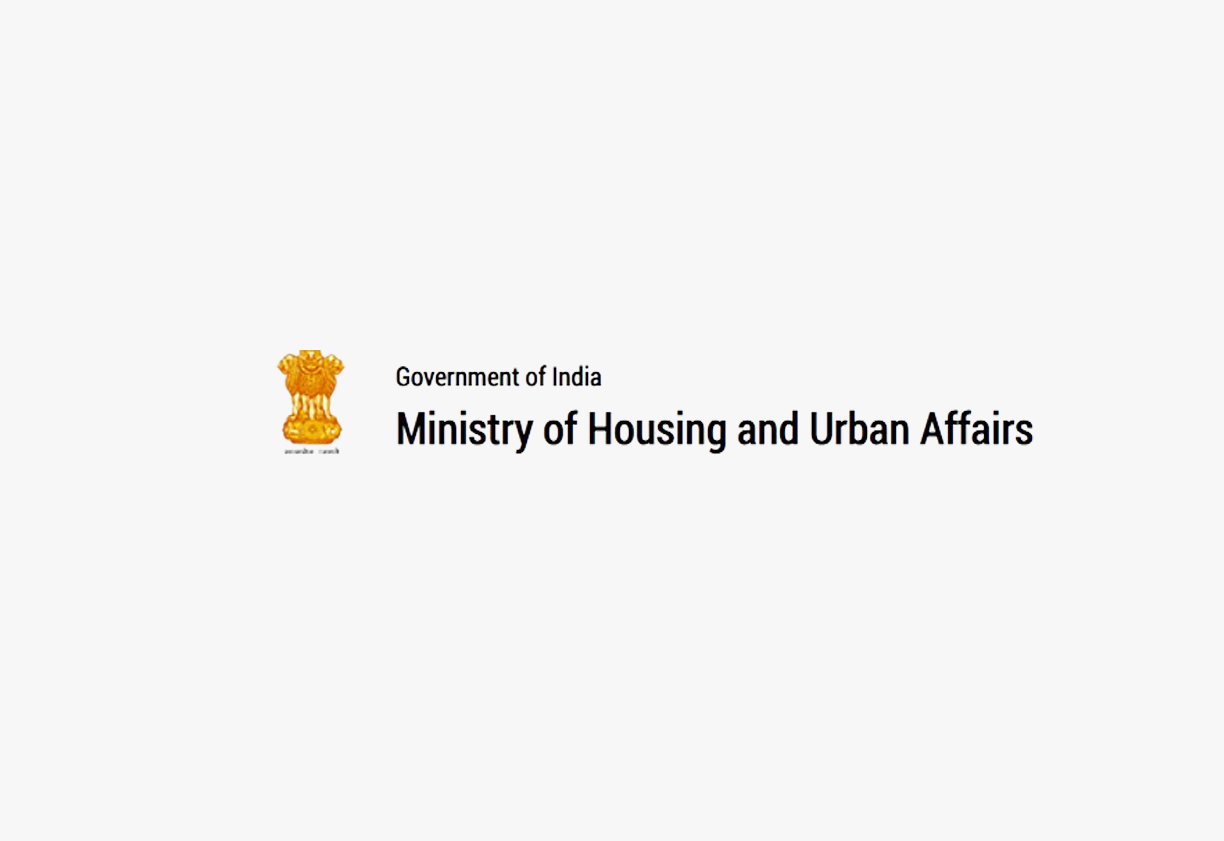Ministry of Housing and Urban Affairs
The Delhi Urban Art Commission Act, 1973, was enacted to establish the Delhi Urban Art Commission with a view to preserving, developing, and maintaining the aesthetic quality of urban and environmental design within Delhi.
1: Act Background and Ministry Under Which This Act Is:
The Delhi Urban Art Commission Act, 1973, was enacted to provide for the establishment of the Delhi Urban Art Commission (DUAC). This act aims to preserve, develop, and maintain the aesthetic quality of urban and environmental design within Delhi. The act falls under the administrative purview of the Ministry of Housing and Urban Affairs, which oversees matters related to urban planning and development in India. The ministry plays a crucial role in ensuring the aesthetic and cultural value of urban areas.
2: Enactment Date, Number of Chapters, Number of Sections:
The Delhi Urban Art Commission Act, 1973, was enacted on 1st January, 1974, and is known as Act No. 1 of 1974. The act is structured into five chapters. It comprises 27 sections, covering various aspects such as definitions, establishment of the Commission, its functions and powers, financial provisions, and miscellaneous provisions. The act aims to provide a framework for the preservation of aesthetic quality in urban development. The act has been amended over time to reflect changing requirements.
3: Act Governed By:
The Delhi Urban Art Commission Act is governed by the Central Government, which has the power to make rules and regulations under the Act. The act also establishes the Delhi Urban Art Commission to oversee the implementation of the act. The act is governed by the provisions outlined within it, as well as rules and regulations framed by the Central government. It is therefore a combination of central authority with a commission-based management.
4: On Whom It Is Applicable:
The provisions of The Delhi Urban Art Commission Act are applicable to the Delhi Urban Art Commission, its members, local bodies in Delhi, and all persons and entities involved in development proposals and building operations in Delhi. The act ensures that all actions and activities are in accordance with the regulations outlined, as well as the Act’s mandate and guiding principles. The general public are indirect beneficiaries of the act’s provisions. The act’s focus is to preserve and enhance the aesthetic quality of Delhi.
5: Penalties/Punishments:
The Delhi Urban Art Commission Act does not specifically lay down penalties or punishments for violation of its provisions. However, the act empowers the Central Government to oversee the functioning of the Commission and to ensure compliance through rules, regulations, and supervisory authority. The act ensures accountability through rules and regulations, emphasizing the proper management of the Commission. This act therefore prioritizes good governance and public welfare.
6: Important Pointers:
-
Delhi Urban Art Commission: The act establishes the DUAC as a regulatory body for urban design.
-
Advisory Role: It mandates that the Commission advise the Central Government on matters of aesthetic quality.
-
Scrutiny of Proposals: It empowers the Commission to scrutinize, approve, reject, or modify development proposals.
-
Local Body Involvement: It requires local bodies to refer development proposals to the Commission.
-
Rule-Making Power: It empowers the Central Government and the Commission to make rules and regulations for carrying out the purposes of the act.
-
Appeals Process: It allows for appeals to the Central Government against decisions of the Commission. The act provides a framework for maintaining aesthetic standards in Delhi.
7: Act Copy:




